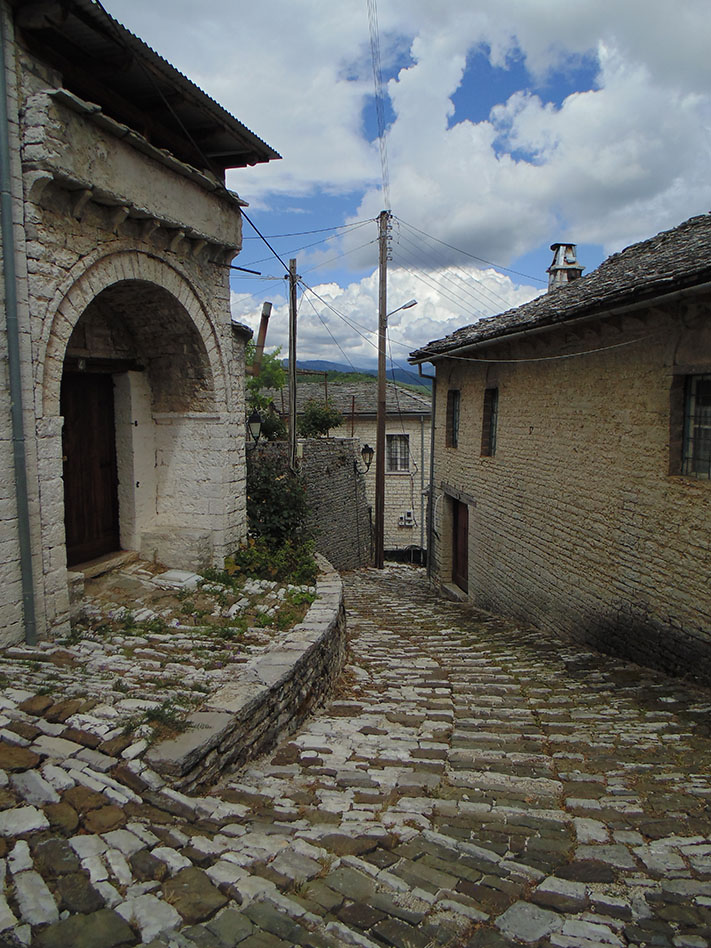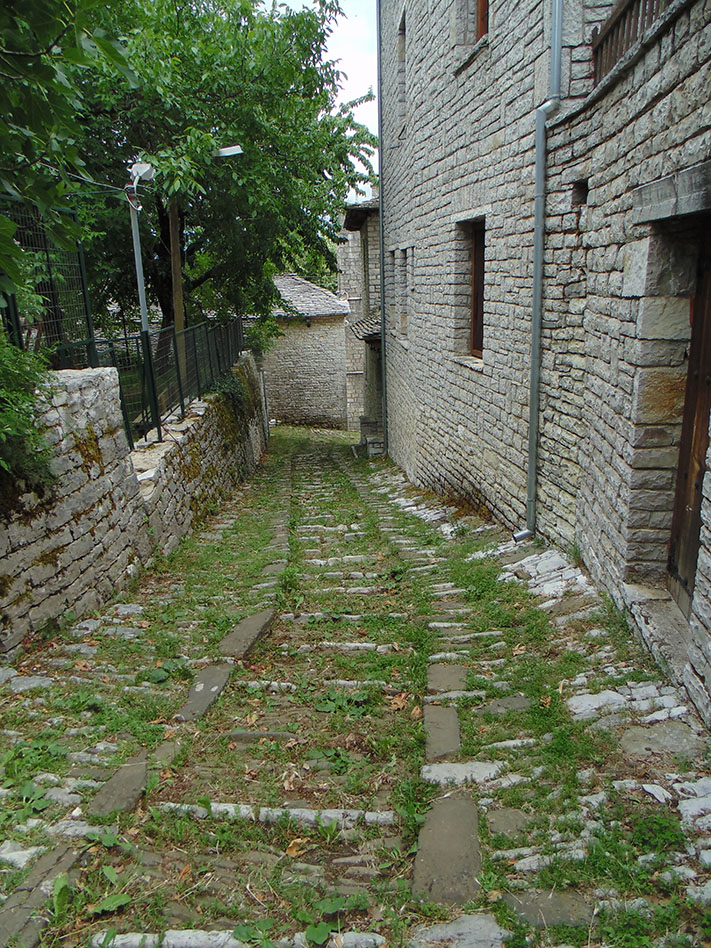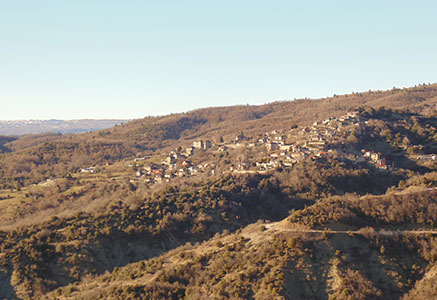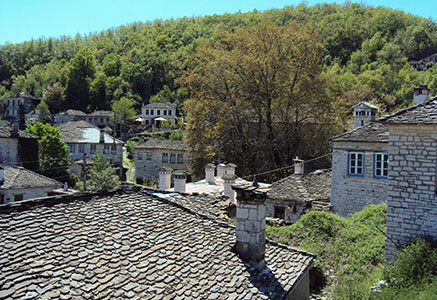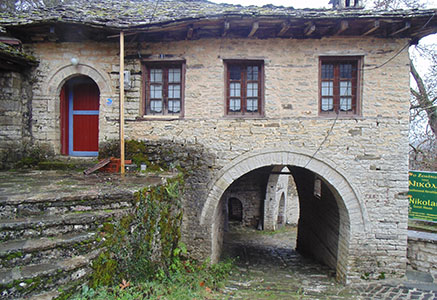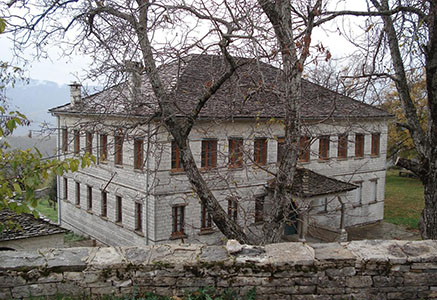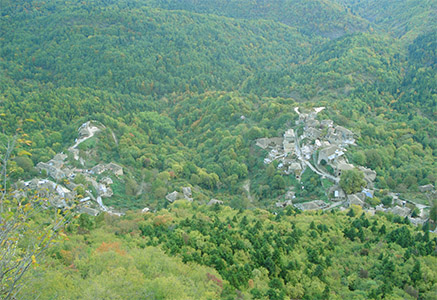Project Description
The place name Vitsa comes from the Slavic “bezati” which means flow rapidly and the ending -ica. Before the conquest of Epirus by the Turks and until 1753, the two districts of Vitsa and Monodendri were a united community called Vezitsa and later Veitsa, Vitsa and Vitses.
In 1820, the three neighborhoods of the village were divided into separate communities: Monodendri, called Saint Georgios, Ano Vitsa, called Saint Nikolaos and Kato Vitsa, called Kato Panagia. In 1919, Ano and Kato Vitsa were joined in one community, named as Vitsa.
In the years of the Despotate, in 1361, the village of Vezitsa was granted as a tribute to Doukas Ioannis Tsafas Ursinos, according to a golden-sealed Presidential Decree of the Serbian Despot of Simeon Palaiologus. The same occurred to the villages of Upper and Lower Sudenas and Tservari, as well.
At the “Genitsari” site, between the communal areas of Vitsa and Monodendri, there is one of the oldest settlements that have been discovered in the surrounding area. It is a small fodder settlement with two cemeteries, the South (151 tombs) and the North (26 tombs), with a life span of the 9th-8th century BC to the end of the 4th century BC.
The village is built at an altitude of 960 meters and is a typical example of the architectural structure of the villages of the area with the mansions, the stone cobblestone streets, the numerous churches and the square with the large plane tree, an integral part of all the squares of the area. Important monuments are the church of the Assumption of the Virgin Mary (1554), Saint Nikolaos (1619) and Holy Taxiarches (1607).
On July 27, 1943 the village was burnt down by the conquerors, resulting in the destruction of three houses, among which was one of the best mansions of Zagori, the mansion of the Pantazi brothers, known as the Mansion “Velogianni”.






